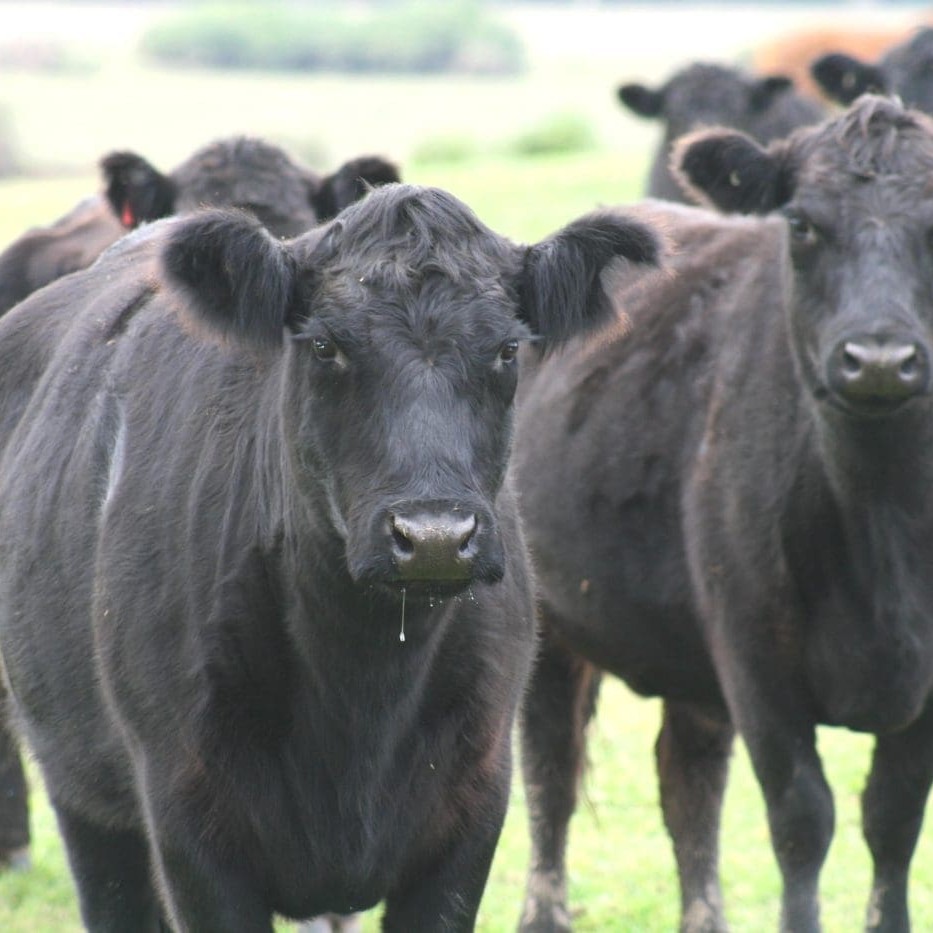 With winter rainfall totals finishing close to average in most regions, key beef cattle areas across Victoria and the South-east of South Australia have entered spring with an air of optimism.
With winter rainfall totals finishing close to average in most regions, key beef cattle areas across Victoria and the South-east of South Australia have entered spring with an air of optimism.
And the warmer weather is set to boost southern prime cattle markets, with both numbers and quality expected to rise in the coming month.
This should provide the industry with a more reliable indication of where prices will sit for the rest of spring, following the smaller yardings and unpredictable quality of recent weeks, which has caused significant price fluctuations at regional sales.
Gippsland producers have continued to be tested by extremely wet weather and have been looking forward to the change in season for many months. Tighter conditions have been experienced closer to the Murray, with some districts in northern Victoria and the NSW Riverina falling short of long-term winter averages and still looking for rain.
In the Western District and South-east of SA, after a generally dry autumn and patchy start to winter, a wetter run in July and August helped boost rainfall totals for the season. This left paddocks in many districts thoroughly soaked and in need of some warmer weather and extended sunshine.
Landmark Livestock’s Will Nolan, who is based at Naracoorte, SA, said most southern areas were well-placed for spring and that store and processor cattle were holding up well at present.
“Beef producers seem to be quite confident entering the spring selling and finishing season. The season has finished on a high, with all of southern SA and Victoria receiving solid and above-average winter rainfall, which will generate abundant feed reserves for the spring and summer,” Mr Nolan said.
“Some areas of southern Victoria have possibly been too wet and feed growth very slow, however the spring will bring with it enormous feed potential.”
Mr Nolan said southern markets had been affected by the drier conditions in autumn.
“The slow autumn and winter has restricted sale numbers, particularly for grass-finished cattle, because of the low amount of quality paddock feed,” he said.
“The market itself has still been quite attractive because of this, with healthy returns received for better quality kill cattle. Cow returns have also been solid, with returns of up to 170c/kg received for the tops of those on offer.
“Cattle are starting to hit their straps now and good weight gains are evident.”
A risk being faced throughout the south is the possible rush of supply, with stock agents needing to avoid overwhelming markets with a sudden rush of numbers, especially after the traditionally quiet winter selling season. Combined with the expected flush of fat cattle from Queensland, the national supply/demand balance looks set to remain front-of-mind for agents and producers in the coming months.
“Processor cattle could potentially be finished and funnelled into a very small sales window, so the challenge will be to spread them out. If this can be done, we feel that there will be minimal variation to price and consistency will be maintained,” Mr Nolan said.
“If they all come at once, we may see some rapid peaks and troughs, which generally tends to make marketing hard.”
The regular run of spring store cattle sales throughout SA and Victoria should find ample support from restockers and grass-finishers, provided a reasonable finish to the season. Activity from processors and feedlots looks set to be limited by external influences, namely export demand, grain prices and the strength of the A$.
Live export orders providing support
While grass-driven demand is expected to have a greater influence on store and breeder rates in coming weeks, a number of live export orders seeking heifers for the northern hemisphere have provided a boost for the market in the meantime.
“Export orders are still being provided, with particular notice being paid to those heifers eligible for the Russian market. We remain hopeful that these orders continue, as they provide a very healthy alternative to our weekly markets,” Mr Nolan said.
Looking further ahead, he expected calves destined for southern weaner sales in summer could be lighter than previous years, due to the slow start to the season which coincided with calving.
